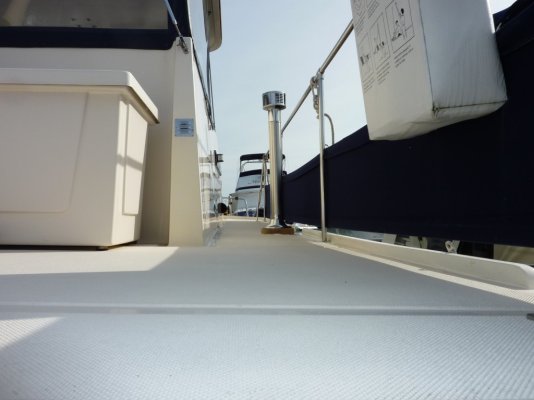DCBD
Senior Member
Hi everyone, I'm new to the site and have been lurking for awhile, but now I have a question for the northern climate guys.
I plan to install a diesel heater in my boat and had investigated the Dickinson Antarctic and was pretty much sold until someone recommended the Sig 180 which looks to be almost the same thing, but as I was told, somewhat refined and improved over the Dickinson.
I contacted Sig Marine for a price quote for the Sig 180 and find its significantly cheaper than the price listed on the Dickinson website for the Antarctic. I also find the signature*on the return e-mail is Dickinson/Sig Marine so I assume they are one and the same company even though they both have websites. They also share the same address and phone numbers. I also noticed that the accessories are all cheaper through Sig Marine than whats listed on the Dickinson site, even though they all appear to be the same products.
So I would really appreciate any feedback from anyone who has or has knowledge of either heater. I have no aversion to saving money, but I also want the best bang for my buck.
I would also be interested on information about any other similar type heater.
Happy New Year to all!!!
-- Edited by DCBD on Friday 31st of December 2010 01:42:33 AM
I plan to install a diesel heater in my boat and had investigated the Dickinson Antarctic and was pretty much sold until someone recommended the Sig 180 which looks to be almost the same thing, but as I was told, somewhat refined and improved over the Dickinson.
I contacted Sig Marine for a price quote for the Sig 180 and find its significantly cheaper than the price listed on the Dickinson website for the Antarctic. I also find the signature*on the return e-mail is Dickinson/Sig Marine so I assume they are one and the same company even though they both have websites. They also share the same address and phone numbers. I also noticed that the accessories are all cheaper through Sig Marine than whats listed on the Dickinson site, even though they all appear to be the same products.
So I would really appreciate any feedback from anyone who has or has knowledge of either heater. I have no aversion to saving money, but I also want the best bang for my buck.
I would also be interested on information about any other similar type heater.
Happy New Year to all!!!
-- Edited by DCBD on Friday 31st of December 2010 01:42:33 AM


